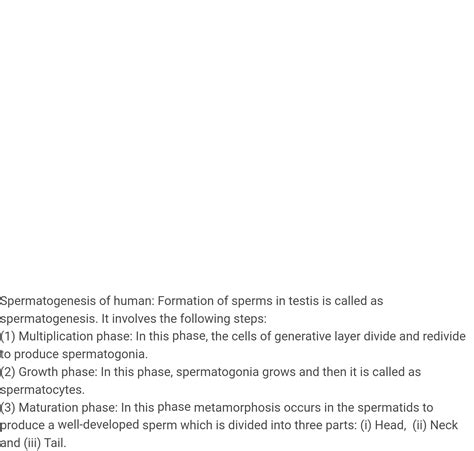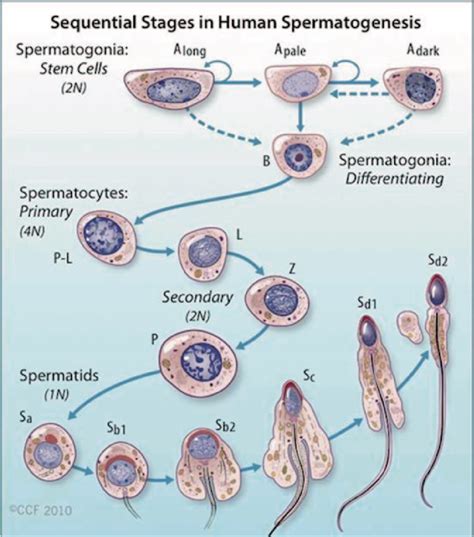The continuous production of new sperm throughout a man’s adult life is a remarkable biological feat, primarily attributed to the meticulously orchestrated process of spermatogenesis. This complex and highly efficient mechanism takes place within the seminiferous tubules of the testes, relying on a robust system of stem cells and sequential cellular divisions and transformations.
The Foundation: Spermatogonial Stem Cells
At the heart of constant sperm production lies a specialized population of cells known as spermatogonial stem cells (SSCs). Located along the basement membrane of the seminiferous tubules, these undifferentiated germ cells possess two crucial characteristics: self-renewal and differentiation potential. SSCs can divide mitotically to produce more SSCs, thus maintaining their own population indefinitely. Simultaneously, they can also give rise to daughter cells that commit to the differentiation pathway, becoming primary spermatocytes, which are destined to develop into mature sperm.
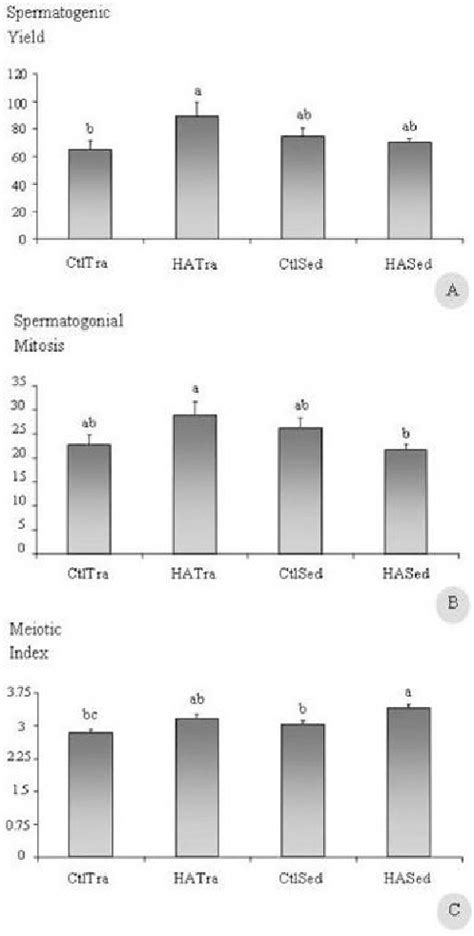
Phase 1: Mitotic Proliferation (Spermatocytogenesis)
The initial stage of differentiation involves mitotic divisions. Once a spermatogonium commits to sperm production, it undergoes a series of mitotic divisions. These divisions increase the number of cells available for subsequent stages. Each division produces two diploid cells, ensuring that the genetic material remains complete. Eventually, these cells mature into primary spermatocytes, which are the largest cells in the spermatogenic lineage and are now ready to embark on meiosis.
Phase 2: Meiosis – Genetic Reduction and Diversity
Meiosis is the most critical phase for genetic diversity and the reduction of chromosome number. It consists of two sequential divisions:
- Meiosis I: Primary spermatocytes undergo Meiosis I, a reductional division where homologous chromosomes separate. This process halves the chromosome number from diploid (2n) to haploid (n) and is also where genetic recombination (crossing over) occurs, creating unique combinations of genes. The result is two secondary spermatocytes, each with 23 chromosomes, but each chromosome still consists of two chromatids.
- Meiosis II: Each secondary spermatocyte quickly proceeds to Meiosis II, an equational division similar to mitosis. Sister chromatids separate, resulting in four haploid spermatids from the original primary spermatocyte. These spermatids are still round and unspecialized.
The entire meiotic process ensures that each resulting sperm cell carries exactly half the genetic material of a somatic cell, making it ready to combine with an egg during fertilization to restore the diploid chromosome number.

Phase 3: Spermiogenesis – Transformation into Spermatozoa
The final and most dramatic stage of spermatogenesis is spermiogenesis, a process of morphological differentiation where a round spermatid transforms into a highly specialized, motile spermatozoon (sperm cell). This stage does not involve cell division but rather extensive cellular remodeling:
- Acrosome Formation: The Golgi apparatus condenses to form the acrosome, a cap-like structure over the nucleus containing enzymes crucial for penetrating the egg.
- Nuclear Condensation: The nucleus becomes highly condensed and elongated, removing excess cytoplasm.
- Flagellum Development: Centrioles migrate to the posterior end of the nucleus and initiate the formation of the flagellum (tail), essential for motility.
- Mitochondrial Sheath: Mitochondria aggregate around the base of the flagellum, forming the midpiece, which provides ATP for tail movement.
- Cytoplasm Shedding: Most of the excess cytoplasm is shed as residual bodies, which are phagocytosed by Sertoli cells.
Upon completion of spermiogenesis, the newly formed spermatozoa are released into the lumen of the seminiferous tubules, a process called spermiation. They are not yet fully mature or motile and will undergo further maturation in the epididymis.
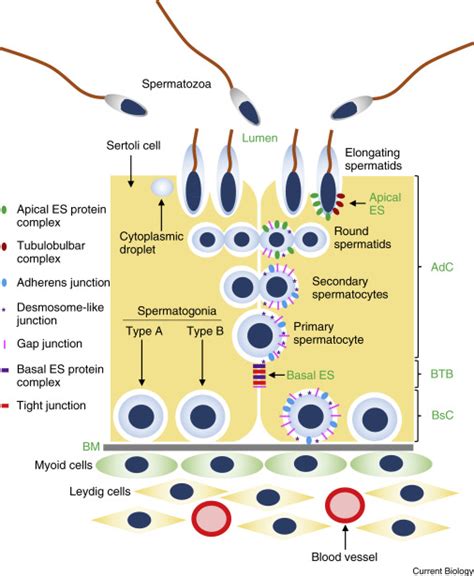
The Continuous Cycle and Hormonal Regulation
The entire process of spermatogenesis, from spermatogonium to mature spermatozoon, takes approximately 64-74 days in humans. Crucially, this is not a synchronized process for all cells. Instead, different segments of the seminiferous tubules are at various stages of spermatogenesis simultaneously. This asynchronous production, driven by the continuous self-renewal of spermatogonial stem cells and their entry into the differentiation pathway, ensures that a constant supply of new sperm is always being generated.
Hormonal regulation, primarily involving Follicle-Stimulating Hormone (FSH) and Luteinizing Hormone (LH) from the pituitary gland, and testosterone from the Leydig cells in the testes, plays a vital role in initiating and maintaining this continuous production. FSH acts on Sertoli cells, which support and nourish the developing germ cells, while LH stimulates testosterone production, which is essential for the entire process.
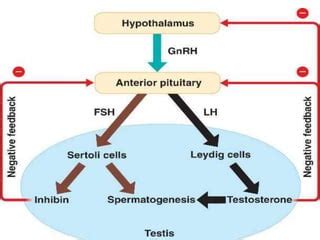
Conclusion
In summary, the constant production of new sperm throughout a man’s adult life is a testament to the elegant efficiency of spermatogenesis. It is a multi-stage process that begins with the self-renewing capacity of spermatogonial stem cells, followed by a series of mitotic divisions to expand cell numbers, then meiotic divisions to reduce chromosome content and ensure genetic diversity, and finally, spermiogenesis, which transforms the simple spermatid into a highly specialized, motile spermatozoon. This continuous cycle, meticulously regulated by hormones, ensures that the male reproductive system is always prepared for potential fertilization, contributing significantly to human reproductive potential over decades.
